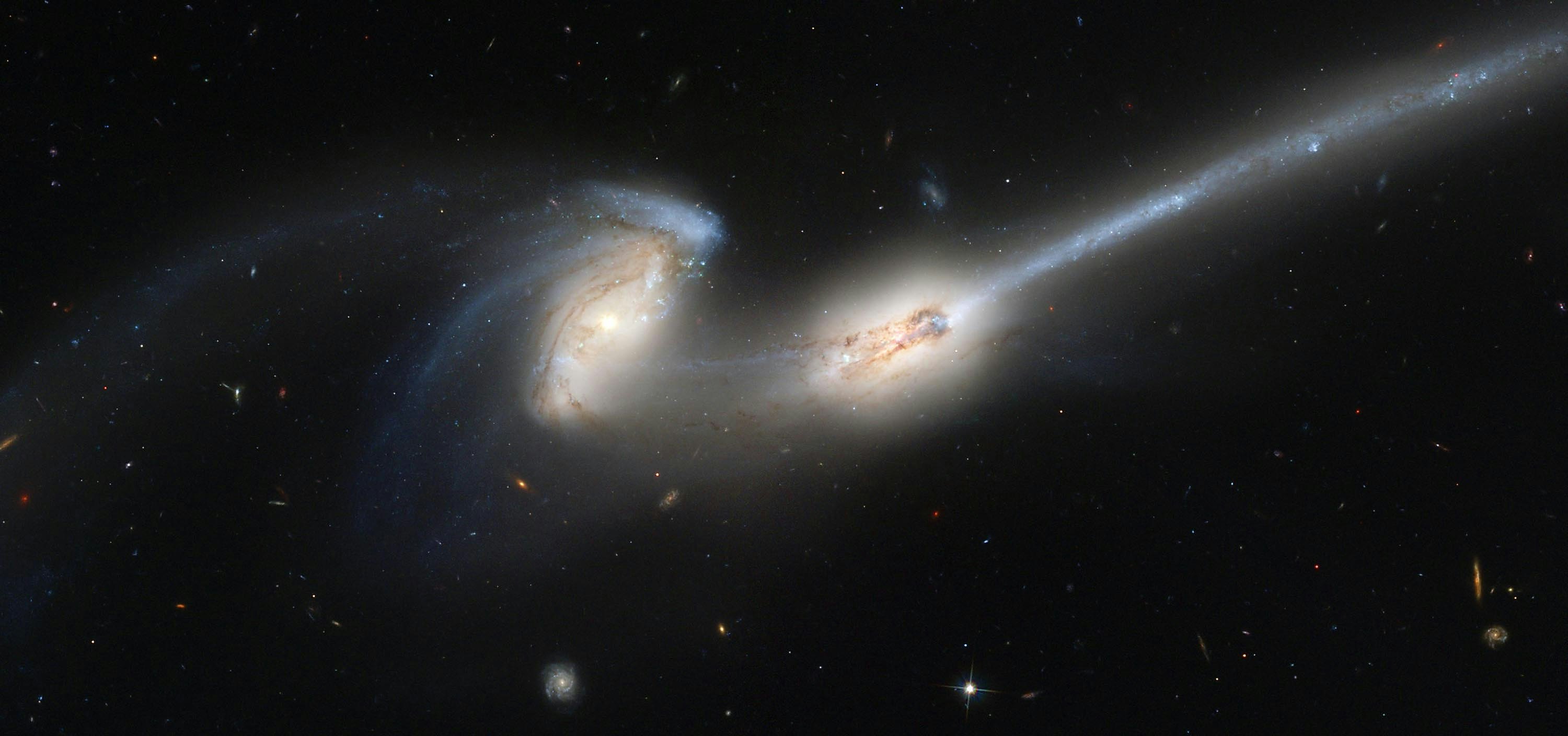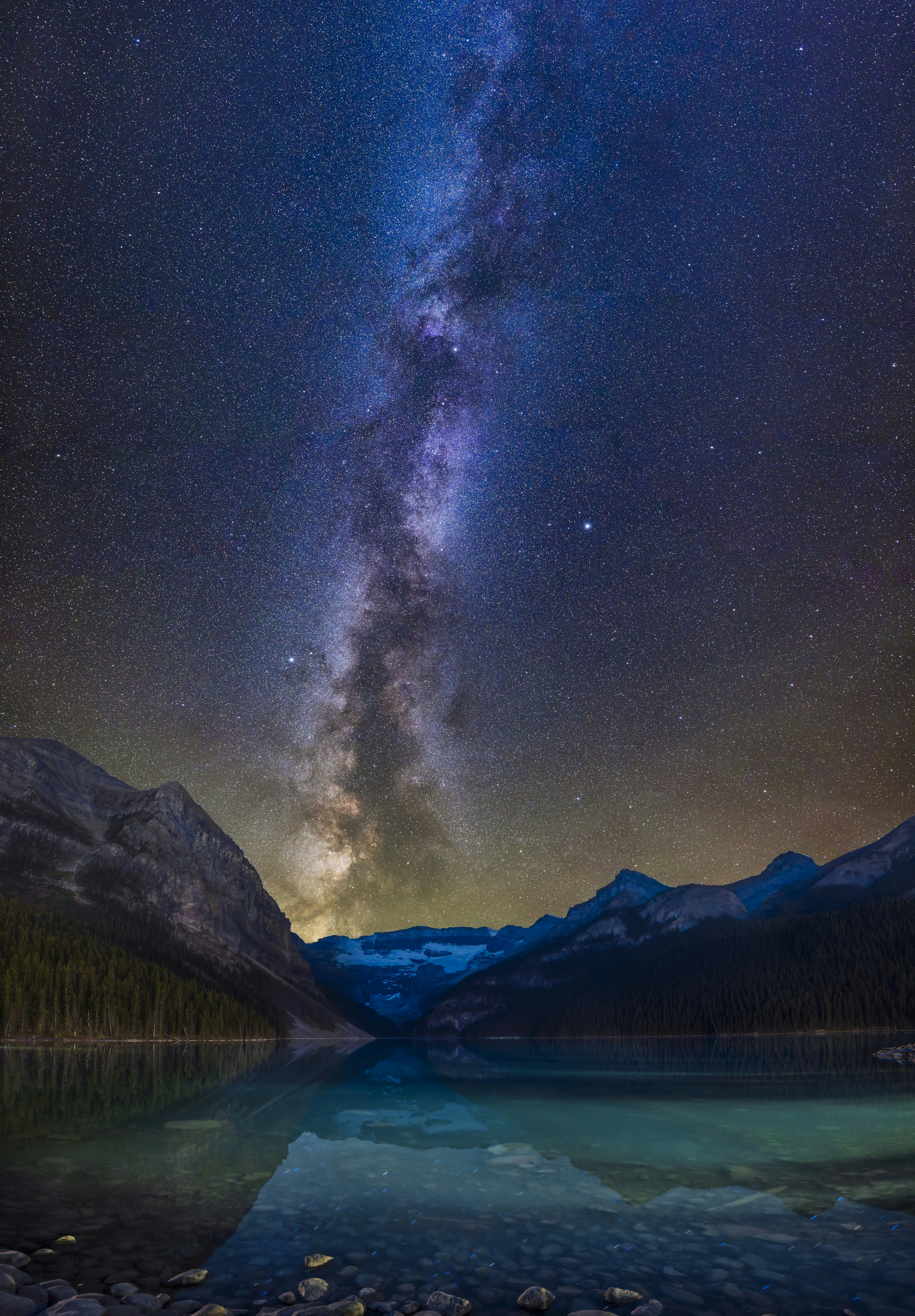
Earth’s galactic home used to have a different shape. Thanks to a trove of images from heritage space telescopes, astronomers are learning more about the Milky Way’s past, and its future.
Though no person or spacecraft has flown far enough away from Earth to look back at the Milky Way from outside the galaxy, data supports the idea that the Milky Way has a spiral shape. Astronomers have pieced together some clues about what the Milky Way looked like long ago, too. Although “its structure reveals a rich history of acquisitions,” officials from the Royal Astronomical Society (RAS) shared in a statement published Monday, the sequence of the galaxy’s shape-shifting over time has been hazy.
New findings may help define a clearer portrait of the Milky Way’s ever-evolving frame. And one idea suggests the ancient Milky Way was shaped like a lentil.

What is a lentil-shaped galaxy?
Like many things, galaxies also evolve. The fingerprint of time’s passage on a galaxy can be measured by looking at certain characteristics like its dust, the path that stars take within it, and the mass of its stars and black holes.
In a study published in the journal Monthly Notices of the Royal Astronomical Society, astronomer Alister Graham analyzed optical images of 100 nearby galaxies. The images came from two heritage telescopes: the Hubble Space Telescope and the Spitzer Space Telescope.
According to the RAS statement, Graham found two types of lenticular galaxies. As the name suggests, they are shaped like a lens or a lentil. These galaxies have a spherical structure at their center, and, notably absent, is the spiral disk associated with grand galaxies like Andromeda (or even how astronomers envision the Milky Way appears from afar). Lenticular galaxies are important because they could be a transitional phase.
When Graham looked at the telescope images, he put lenticular galaxies into two categories: those rich with dust, and those that were older and with little dust.
According to RAS, spiral galaxies, like the Milky Way, likely once looked like a lenticular galaxy with little dust, and eventually look like a lenticular galaxy with a lot of dust.
The Milky Way’s evolution
The idea proposed by Graham’s work is as follows: the Milky Way was once shaped like a lentil, and dust-poor. As it combined with other galaxies, like one called Gaia Sausage-Enceladus, the Milky Way grew into today’s size. But, when it slams into the Andromeda galaxy in about 4 billion years, the new body will be lentil-shaped and dust abundant. If it collides with another lenticular galaxy, material will later settle into a more-evolved shape: an elliptical galaxy.
One reason astronomers are excited about powerful new tools like the James Webb Space Telescope is that they gather light from farther back in time, which has taken most of the Universe’s lifespan to reach Earth. They provide a new window to why space looks the way it does today. Galactic evolution is part of our origin story.







